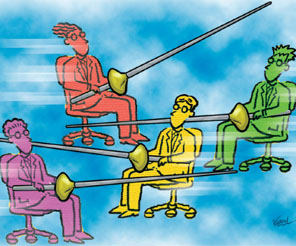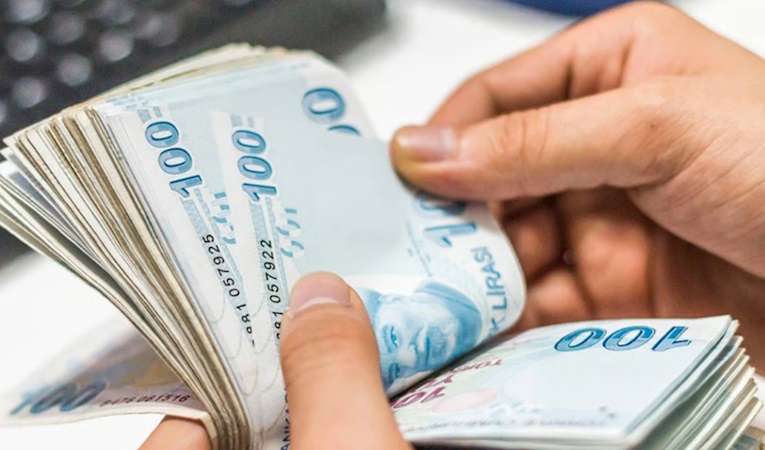
-
BIST 100
 11290,36%-0,18En Düşük11276,20En Yüksek11367,30
11290,36%-0,18En Düşük11276,20En Yüksek11367,30 -
DOLAR
 42,85%0,05Alış42,8423Satış42,8523En Yüksek42,8646
42,85%0,05Alış42,8423Satış42,8523En Yüksek42,8646 -
EURO
 50,72%0,06Alış50,6643Satış50,7820En Yüksek50,7469
50,72%0,06Alış50,6643Satış50,7820En Yüksek50,7469 -
EUR/USD
 1,18%0,04Alış1,1794Satış1,1795En Yüksek1,1800
1,18%0,04Alış1,1794Satış1,1795En Yüksek1,1800 -
ALTIN
 6194,63%0,03Alış6193,91Satış6195,35En Yüksek6196,33
6194,63%0,03Alış6193,91Satış6195,35En Yüksek6196,33
-
BIST 100
 11290,36%-0,18En Düşük11276,20En Yüksek11367,30
11290,36%-0,18En Düşük11276,20En Yüksek11367,30 -
DOLAR
 42,85%0,05Alış42,8423Satış42,8523En Yüksek42,8646
42,85%0,05Alış42,8423Satış42,8523En Yüksek42,8646 -
EURO
 50,72%0,06Alış50,6643Satış50,7820En Yüksek50,7469
50,72%0,06Alış50,6643Satış50,7820En Yüksek50,7469 -
EUR/USD
 1,18%0,04Alış1,1794Satış1,1795En Yüksek1,1800
1,18%0,04Alış1,1794Satış1,1795En Yüksek1,1800 -
ALTIN
 6194,63%0,03Alış6193,91Satış6195,35En Yüksek6196,33
6194,63%0,03Alış6193,91Satış6195,35En Yüksek6196,33
- Anasayfa
- Haberler
- Tüm Haberler
- Merciless competition!
Merciless competition!
In many sectors, the categories in which the competition is most intense have turned into battlegrounds.
1.05.2011 00:00:000


IN THE insurance sector, compulsory third party and fully comprehensive are the two basic categories which show what heavy losses can result from competition. Fully comprehensive is the locomotive of the sector. In terms of premium production, it ranks second only to compulsory third party insurance. Despite this, apart from in 2008, the sector has never recorded a profit in this branch. Moreover, in the first nine months of 2010, the losses in this branch reached TL 310 million. Companies recorded a loss of TL 430 million in third party insurance over the same period. But none of the players can leave the competition. The situation is similar in milk and dairy products. Competition is at its peak in yoghurt, the leading category in the sector. Fierce competition dominates in beds, couches and seating groups in furniture and in women's and children's clothing in clothing retailing.
There ıs no wınner ın the prıce war
In many sectors in which there is intense competition, the war is being fought on pricing. Those who focus on price find themselves faced with a significant erosion in their profits. Indeed, as has been the case in ceramics, the price of intense competition in a single category can result in the entire sector posting unbelievable losses.
Hamdi Altunalan, the general manager of Seranit, which is one of the most important companies in the sector, explains the cost of this competition as follows: "No company can emerge with a profit from competition based on cutting prices. Today, prices on the Turkish ceramics market are 20 percent below where they should be. As a result, a $1 billion sector has recorded losses of $2 billion." In small household appliances, the most important weapon in competition is innovation. But everything changes when it comes to water heaters and tea makers. In these two categories, where it is difficult to differentiate and create added value, there is intense competition on price.
They are focused on the mıddle class
In sectors such as housing, white goods and automotives, products consumed by the middle classes account for a large proportion of turnover. This results in competition in these sectors being concentrated in middle class categories. Vestel CEO Ömer Yüngül says: "In white goods, there is a lot of competition in products for the middle classes." The recent promotional campaigns in white goods have attracted a lot of attention. In the housing,sector the most intense competition is in housing built for the middle classs. In this category, the per square meter sales price varies between TL 1,000 and TL 2,500.~
In pursuıt of more customers
The most important consequence of intense competition is undoubtedly the concessions that are made in terms of profits. But, in order to record more sales and meet customer requirements, more companies are looking for turnover rather than profit. In virtually all segments of fast moving consumer goods, particularly clothing, in furniture and even in fuel oil, companies are using price cuts like never before as a weapon in the competition war. In clothing retailing in particular, there is no longer a period without discounts. For this reason, prices are always at least 10 percent lower than they need to be. Berna Kural Okandan, the assistant general manager at C & A Turkey, which is one of the most powerful players in clothing retailing, says that competition is particularly intense in women's and children's clothing.
The dıscount competıtıon never ends
In the energy sector, competition is most intense in fuel oil. The fuel giants have recently begun to join the campaigns conducted with the slogan "discounts of up to 7 percent" which were initiated by local fuel companies. Enerji Petrol Board Chair Mehmet Can says: "The discount competition that was previous mostly concentrated in Anatolia has now begun to move to the major cities." Competition has resulted in employees in the sector standing in the road holding placards advertising the discount rate in an attempt to attract customers to their filling stations. In a sector in which distributors and dealers operate on a profit margin of 9.5 percent, an attempt to attract more customers means once again making concessions in terms of profits.
Türkiye ve dünya ekonomisine yön veren gelişmeleri yorulmadan takip edebilmek için her yeni güne haber bültenimiz “Sabah Kahvesi” ile başlamak ister misiniz?






